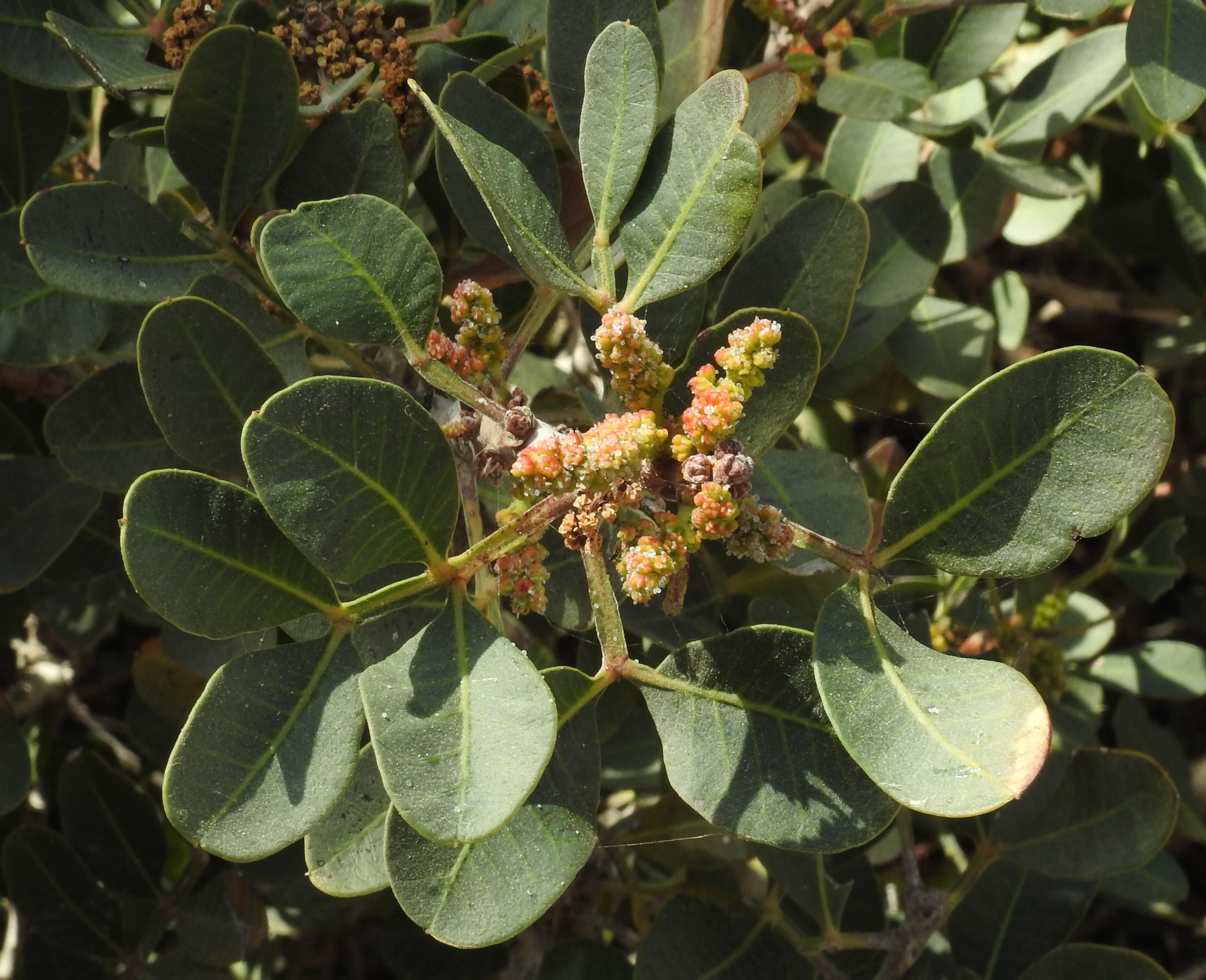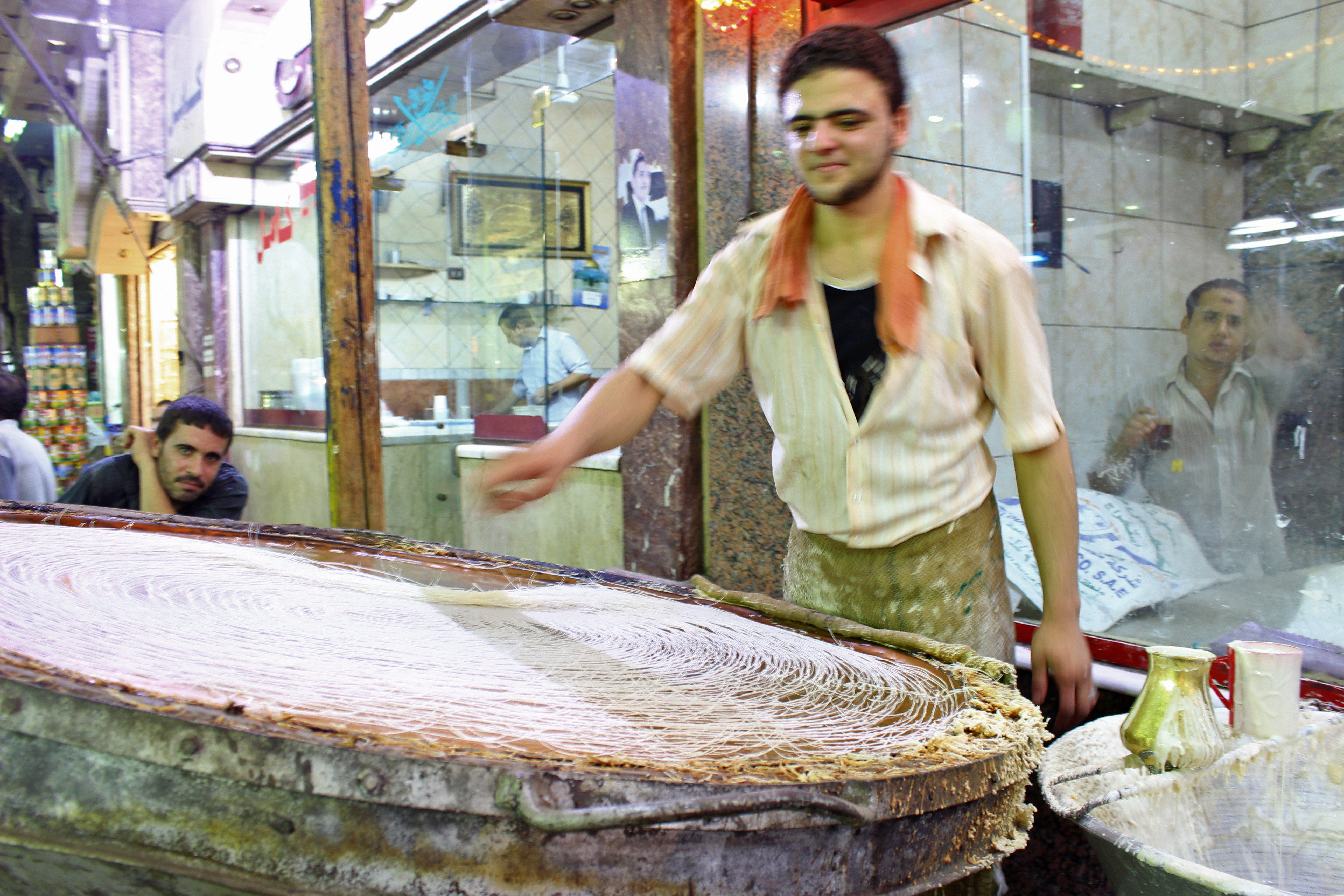|
Nabulsi Cheese
Nabulsi (or naboulsi) is one of a number of Palestinian white brined cheeses made in the Middle East. Its name refers to its place of origin, Nablus, and it is well known throughout the West Bank and surrounding regions. Nabulsi, along with Akkawi cheese, is one of the principal cheeses consumed in Jordan. It is produced primarily from sheep milk; alternatively, goat's milk may be used. Nabulsi cheese is white and rectangular in shape. It is semi-hard with no gas holes. It becomes soft and elastic when heated. It is a typical ewe's or goat's milk cheese, but is traditionally flavored with mahleb (''Prunus mahaleb'') and mastic (''Pistacia lentiscus'') added to the boiling brine. It can be eaten fresh as salty table cheese or can be fried in oil, and it is also a major ingredient of the Middle Eastern dessert ''knafeh Knafeh ( ar, كنافة) is a traditional Middle Eastern dessert made with spun pastry called ''kataifi'', soaked in a sweet, sugar-based syrup called Attar (syru ... [...More Info...] [...Related Items...] OR: [Wikipedia] [Google] [Baidu] |
Palestine (region)
Palestine ( el, Παλαιστίνη, ; la, Palaestina; ar, فلسطين, , , ; he, פלשתינה, ) is a geographic region in Western Asia. It is usually considered to include Israel and the State of Palestine (i.e. West Bank and Gaza Strip), though some definitions also include part of northwestern Jordan. The first written records to attest the name of the region were those of the Twentieth dynasty of Egypt, which used the term "Peleset" in reference to the neighboring people or land. In the 8th century, Assyrian inscriptions refer to the region of "Palashtu" or "Pilistu". In the Hellenistic period, these names were carried over into Greek, appearing in the Histories of Herodotus in the more recognizable form of "Palaistine". The Roman Empire initially used other terms for the region, such as Judaea, but renamed the region Syria Palaestina after the Bar Kokhba revolt. During the Byzantine period, the region was split into the provinces of Palaestina Prima, Palaestin ... [...More Info...] [...Related Items...] OR: [Wikipedia] [Google] [Baidu] |
Pistacia Lentiscus
''Pistacia lentiscus'' (also lentisk or mastic) is a dioecious evergreen shrub or small tree of the genus ''Pistacia'' native to the Mediterranean Basin. It grows up to tall and is cultivated for its aromatic resin, mainly on the Greek island of Chios and around the Turkish town of Çeşme.''Pistacia lentiscus'' L. a Mansfeld's Database Taxonomy Description  The pla ...
The pla ...
[...More Info...] [...Related Items...] OR: [Wikipedia] [Google] [Baidu] |
Sheep's-milk Cheeses
Sheep's milk (or ewes' milk) is the milk of domestic sheep. It is commonly used to make cultured dairy products such as cheese. Some of the most popular sheep cheeses include feta (Greece), ricotta (Italy), and Roquefort (France). Sheep breeds Specialized dairy breeds of sheep yield more milk than other breeds. Common dairy breeds include: * East Friesian (Germany) * Sarda (Italy) * Lacaune (France) * British Milk Sheep (UK) * Chios (Greece) * Awassi (Syria) * Assaf (Israel) * Zwartbles (Friesland, Netherlands) In the U.S., the most common dairy breeds are the East Friesian and the Lacaune. Meat or wool breeds do not produce as much milk as dairy breeds, but may produce enough for small amounts of cheese and other products. Milk production period Female sheep (ewes) do not produce milk constantly. Rather, they produce milk during the 80–100 days after lambing. Sheep naturally breed in the fall, which means that a majority of lambs are born in the winter or early spring. ... [...More Info...] [...Related Items...] OR: [Wikipedia] [Google] [Baidu] |
Cow's-milk Cheeses
Milk is a white liquid food produced by the mammary glands of mammals. It is the primary source of nutrition for young mammals (including breastfed human infants) before they are able to digest solid food. Immune factors and immune-modulating components in milk contribute to milk immunity. Early-lactation milk, which is called colostrum, contains antibodies that strengthen the immune system, and thus reduces the risk of many diseases. Milk contains many nutrients, including protein and lactose. As an agricultural product, dairy milk is collected from farm animals. In 2011, dairy farms produced around of milk from 260 million dairy cows. India is the world's largest producer of milk and the leading exporter of skimmed milk powder, but it exports few other milk products. Because there is an ever-increasing demand for dairy products within India, it could eventually become a net importer of dairy products. New Zealand, Germany and the Netherlands are the largest exporters of mi ... [...More Info...] [...Related Items...] OR: [Wikipedia] [Google] [Baidu] |
Syrian Cuisine
Syrian cuisine is a Middle Eastern cuisine that includes the cooking traditions and practices of modern Syria (as opposed to Greater Syria), merging the habits of people who settled in Syria throughout its history. Syrian cuisine mainly uses eggplant, zucchini, garlic, meat (mostly from lamb and sheep), sesame seeds, rice, chickpeas, fava beans, lentils, cabbage, cauliflower, vine leaves, pickled turnips, cucumbers, tomatoes, olive oil, lemon juice, mint, pistachios, honey and fruits. At the beginning of the 21st century, selections of appetizers known as ''mezze'' are customarily served along with Arabic bread before the Syrian meal's main course, which is followed by coffee, with sweet confections or fruits at will. Many recipes date from at least the 13th century.Eddé, Anne-Marie. (1999). ''La Principauté ayyoubide d'Alep (579/1183 – 658/1260)''. Foods ''Meze'' Stuffed vine leaves ''Kebab'' ''Kibbe'' A variety of Syrian dishes made from a fried, baked, ... [...More Info...] [...Related Items...] OR: [Wikipedia] [Google] [Baidu] |
Jordanian Cuisine
Jordanian cuisine is a Middle Eastern cuisine that has the traditional style of food preparation originating from, or commonly used in, Jordan that has developed through centuries of social and political change. There are a wide variety of techniques used in Jordanian cuisine ranging from baking, sautéeing and grilling to stuffing of vegetables (courgettes, capsicum, eggplants, etc.). Meat is an important component of Jordanian cuisine. The most common types of meat in Jordan are lamb, beef, chicken and sometimes goat and camel meat. Also common in Jordanian cuisine is roasting or preparing foods with special sauces. Rice plays an important role in Jordanian cuisine. It is commonly served as a side dish to main meals, but there are also plenty of one-pot rice dishes such as ''maqloubah''. As one of the largest producers of olives in the world, olive oil is the main cooking oil in Jordan. Herbs, garlic, onion, tomato sauce and lemon are typical flavors found in Jordan. The ... [...More Info...] [...Related Items...] OR: [Wikipedia] [Google] [Baidu] |
Palestinian Cuisine
Palestinian cuisine consists of foods from or commonly eaten by Palestinians, whether in Palestine, Israel, Jordan, refugee camps in nearby countries, or by the Palestinian diaspora. The cuisine is a diffusion of the cultures of civilizations that settled in the region of Palestine, particularly during and after the Islamic era beginning with the Arab Ummayad conquest, then the eventual Persian-influenced Abbasids and ending with the strong influences of Turkish cuisine, resulting from the coming of the Ottoman Turks. It is similar to other Levantine cuisines, including Lebanese, Syrian and Jordanian. Cooking styles vary, and types of cooking style and ingredients used are generally based on the climate and location of the particular region and on traditions. Rice and variations of '' kibbee'' are common in the Galilee. The West Bank engages primarily in heavier meals involving the use of ''taboon'' bread, rice and meat, and coastal plain inhabitants frequent fish, other s ... [...More Info...] [...Related Items...] OR: [Wikipedia] [Google] [Baidu] |
Levantine Cuisine
Levantine cuisine is the traditional cuisine of the Levant. Perhaps the most distinctive aspect of Levantine cuisine is ''meze'' including ''tabbouleh'', ''hummus'' and ''baba ghanoush''. Levantine dishes * Arabic coffee (قهوة عربية)—made from finely ground coffee beans with cardamom * ''Awameh'' (عوامة)—a fried-dough Levantine pastry similar to doughnut holes, made of deep-fried dough soaked in sugar syrup or honey and cinnamon, sometimes sprinkled with sesame seeds * ''Baba ghanoush'' (بابا غنوج)—a dip made from baked, mashed eggplant mixed with lemon, garlic, olive oil and various seasonings * ''Baklava'' (البقلاوة)—a dessert made of phyllo pastry filled with chopped nuts and soaked in syrup * ''Bamia'' (بامية)—a stew prepared with chunks of lamb meat with okra in a tomato-based sauce, served over rice * ''Basbousa'' (بسبوسة)—a Middle-Eastern small, sweet cake of cooked semolina soaked in rose water syrup, topped w ... [...More Info...] [...Related Items...] OR: [Wikipedia] [Google] [Baidu] |
Arab Cuisine
Arab cuisine ( ar, المطبخ العربي) is the cuisine of the Arabs, defined as the various regional cuisines spanning the Arab world, from the Maghreb to the Fertile Crescent and the Arabian Peninsula. These cuisines are centuries old and reflect the culture of trading in baharat (spices), herbs, and foods. The regions have many similarities, but also unique traditions. They have also been influenced by climate, cultivation, and mutual commerce. Medieval cuisine Breads The white bread was made with high-quality wheat flour, similar to bread but thicker, the fermented dough was leavened usually with yeast and "baker's borax" () and baked in a '' tandoor''. One poetic verse describing this bread: "In the farthest end of Karkh of Baghdad, a baker I saw offering bread, splendidly marvelous. From purest essence of wheat contrived. Radiant and absolute, you may see your image reflected, crystal clear. rounds glowing with lovely whiteness, more playful than gorgeous singin ... [...More Info...] [...Related Items...] OR: [Wikipedia] [Google] [Baidu] |
Knafeh
Knafeh ( ar, كنافة) is a traditional Middle Eastern dessert made with spun pastry called ''kataifi'', soaked in a sweet, sugar-based syrup called Attar (syrup), attar, and typically layered with cheese, or with other ingredients such as clotted cream, pistachio or nuts, depending on the region. It is popular in the Middle East. Variants are also found in Turkey, Greece, and the Balkans. In Arabic, the name may refer to the string pastry itself, or to the entire dessert dish. In Turkish, the string pastry is known as , and the cheese-based dessert that uses it as . In the Balkans, the shredded dough is similarly known as , and in Greece as , and is the basis of various dishes rolled or layered with it, including dessert pastries with nuts and sweet syrups. One of the most well-known preparations of the dessert is ''knafeh Nabulsiyeh'', which originated in the city of Nablus, and is the most representative Palestinian cuisine#Sweets, Palestinian dessert. uses a white-Brined c ... [...More Info...] [...Related Items...] OR: [Wikipedia] [Google] [Baidu] |
Mahleb
Mahleb or Mahlepi is an aromatic spice made from the seeds of a species of cherry, ''Prunus mahaleb'' (the Mahaleb or St Lucie cherry). The cherry stones are cracked to extract the seed kernel, which is about 5 mm diameter, soft and chewy on extraction. The seed kernel is ground to a powder before use. Its flavour is similar to a combination of bitter almond and cherry, and similar also to marzipan. Mahleb is used in small quantities to sharpen sweet foods and cakes, and is used in production of tresse cheese. It has been used for centuries in the Middle East and the surrounding areas as a flavoring for baked goods. Recipes calling for the fruit or seed of the "ḫalub" date back to ancient Sumer. In recent decades, it has been slowly entering mainstream cookbooks in English. In Greek cuisine, ''mahlep'' is sometimes added to different types of holiday ''tsoureki'' breads, including Christmas bread, the New Year's ''vasilopita'' and the braided Easter bread called ''cheor ... [...More Info...] [...Related Items...] OR: [Wikipedia] [Google] [Baidu] |

.jpg)




